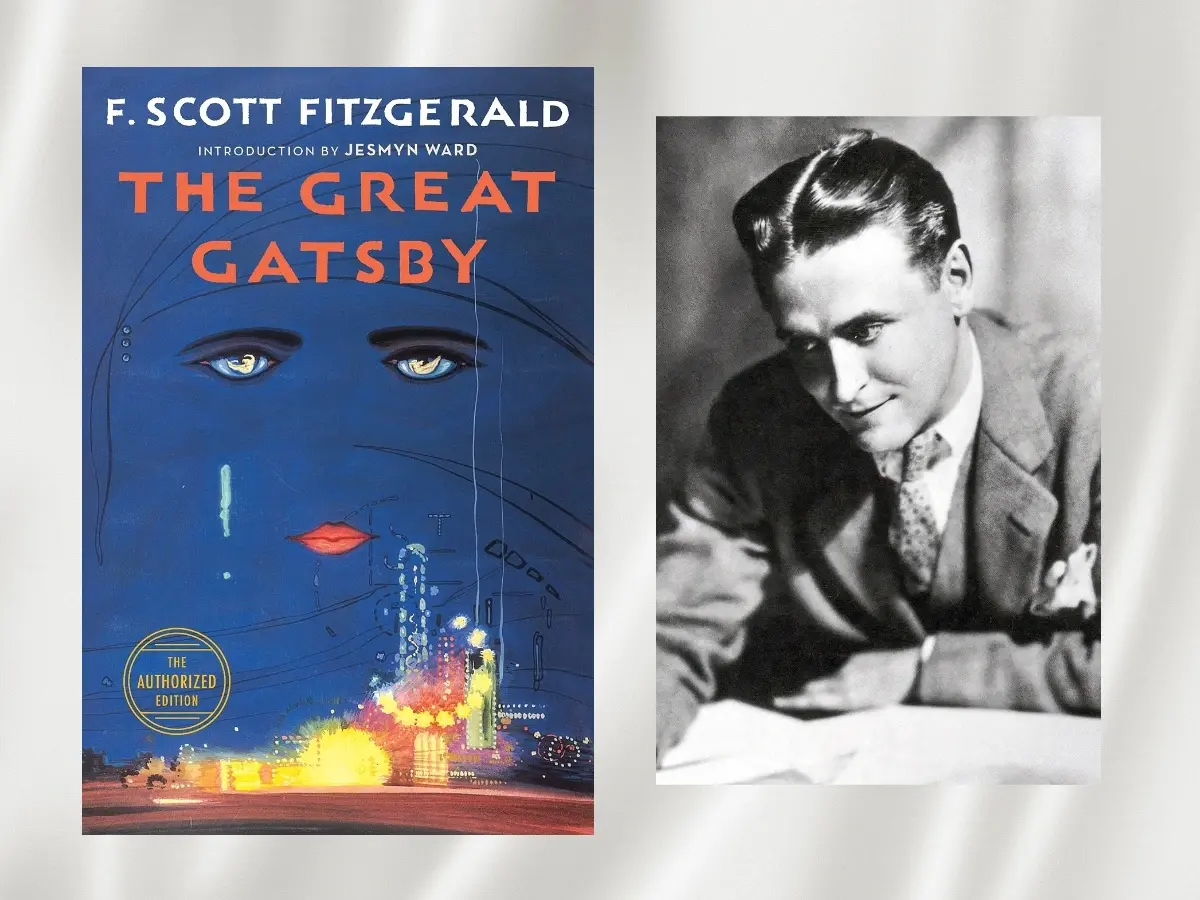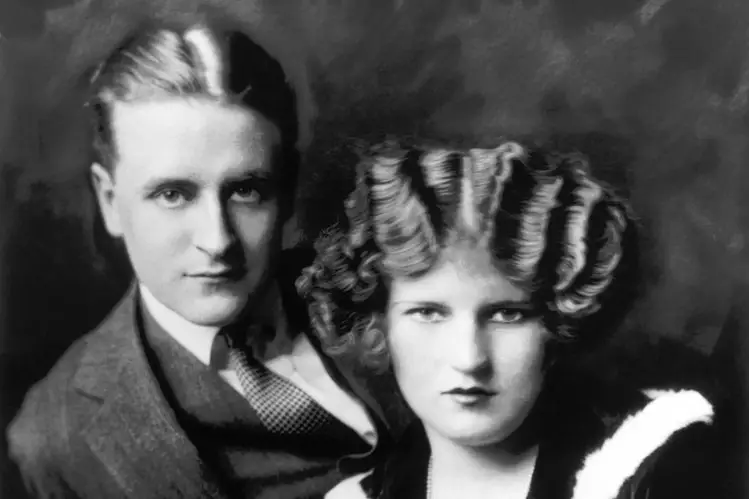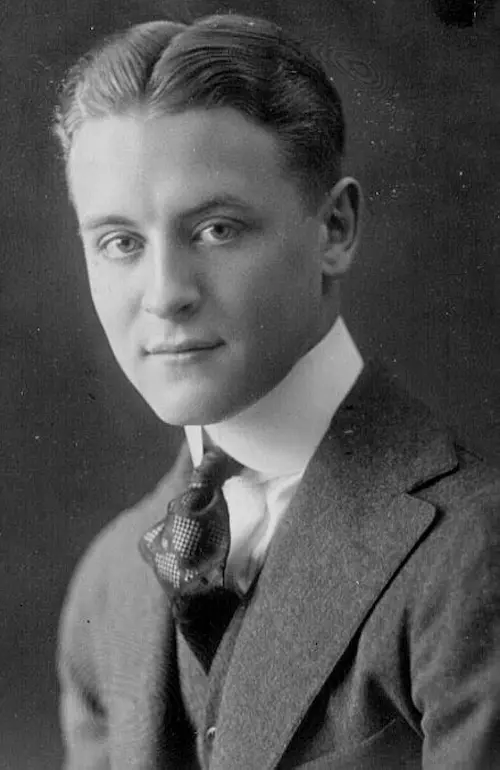The Great Gatsby is in ways an unlikely fixture of canonical literature.

In this LitStack Rec of The Great Gatsby
The Great Gatsby – An Influence And A Literary Puzzle
Since the 1960s when The Great Gatsby landed in high school English classes (and before that, during World War II, distributed to 155,000 American GIs in a special Armed Services Division edition), the novel of love, betrayal, and social climbing West Egg and East Egg has lodged in the consciousness of youth, both as an influence and a literary puzzle.
As a high school sophomore, I wondered, What does the green light mean? And, Why does Daisy stay with Tom? Those mysteries dim as a reader grows into The Great Gatsby, and this reader still marvels at what Fitzgerald can do with a sentence, or even a simple image: the “silver pepper of the stars,” the women draped in “shawls beyond the dreams of Castile,” and descriptions like this one, of golf star Jordan Baker, who “wore her evening dress, all her dresses, like sports clothes—there was a jauntiness about her movements as if she had first learned to walk upon golf courses on clean, crisp mornings.”
My recent reread was of the Scribner Authorized Edition (2018), with an introduction by Jesmyn Ward and a foreword by Eleanor Lanahan, daughter of Frances Scott “Scottie” Fitzgerald—the only child of F. Scott and his wife, Zelda. It’s a wonderful edition, complete with the original cover art from 1925, by Francis Cugat.
A Complicated Social Landscape
Fitzgerald’s lyrical and complicated novel reads differently with time. It’s still shocking to read the xenophobia and entrenched racism toward people of color, immigrants, and the economically disadvantaged, and the book is also rife with slurs against its Jewish and Black characters. One scene features Gatsby’s fellow gambler, Meyer Wolfshiem, “a flat-nosed Jew,” and central to the portrayal are the angles and prominence of his nose. The bias defines the novel’s antagonist, polo-playing Tom Buchanan, who’s obsessed with the superiority of the Nordic race. “Civilization’s going to pieces,” Tom tells Nick. “…if we don’t look out the white race will be—will be utterly submerged.”
In her introduction to the Scribner edition of The Great Gatsby, author Jesmyn Ward writes,
“The very social class that embodied the dream Gatsby wanted for himself was predicated on exclusion.”
Jesmyn Ward, Introduction to Sribner edition of The Great Gatsby
The novel is read as a critique of bias and white centrism, and for contemporary readers, Tom’s bigotry is understood as part of his racist character. Yet the slurs that fall outside his point of view are more complicated—and complicate Fitzgerald’s social critique of the time. Nick Carraway, as narrator, further complicates the critique. He remains detached, a trait that for this reader is one of the novel’s unspoken premises. Nick’s emotional distance is a factor of his postwar trauma, which today is understood as a defining trait of the Lost Generation that fought the First World War.
The Influence Of Historical Events
The Great Gatsby was written when racial exclusion was lawful, and after World War I, antipathy toward Germany was high. This was the year, after all, when the British monarchy wiped their German ancestry from the royal books, replacing The House of Saxe-Coburg-Gotha with the far more British-sounding House of Windsor. And likewise, in the novel, James Gatz changes his name to Jay Gatsby. Throughout the book, there are rumors about Gatsby’s German heritage, part of the mystery of his backstory. The chatter has him “a bootlegger,” a “nephew to Von Hindenburg,” “a German spy during the war.” My high school reading picked up on none of that, while in my latest reading it jumped off the page.
There is also the topic of cars.
When Fitzgerald wrote The Great Gatsby, American prosperity was high, and over the 1920s, automobile ownership grew exponentially. The new mobility shattered barriers and limitations, co-mingled the social classes, and drove economic development. One new concept, the motel. was born to accommodate road trips, as were drive-ins, and a freedom unlike any before was suddenly possible. In this new landscape, however, traffic laws were minimal, and often nonexistent, and a running thread in Gatsby centers on car trouble—mechanical failures, crashes, injuries—including the plot’s fatal collision. “You’re a rotten driver,” Nick tells Jordan. “Either you ought to be more careful, or you oughtn’t to drive at all.” She blithely tells she doesn’t have to be careful because other people are.
Fiction Taken From Life
F. Scott Fitzgerald wrote The Great Gatsby in the summer and fall of 1924 in Valescure, a resort village on the Cote d’Azur between Cannes and St. Tropez. He’d married Zelda in 1920, but in Valescure the marriage became troubled when Zelda is believed to have begun an affair with a French aviator. From there, the Fitzgeralds went to Rome, where F. Scott revised the book, and in 1925 it was published to good reviews, though sales were disappointing.
The plot is said to be roughly based on a romance Fitzgerald had with socialite and heiress Ginevra King that began during his youth in Minnesota. The affair was cut short when Ginevra’s father intervened, telling Fitzgerald that “poor boys shouldn’t think of marrying rich girls.” The breakup would result in Fitzgerald dropping out of Princeton to enlist in the military, and Ginevra would marry the polo-playing tycoon, Bill Mitchell, future head of Texaco, considered the inspiration for the character of Jay Gatsby. Of Ginevra, book critic and Fitzgerald scholar Maureen Corrigan has said, she was ”the love who lodged like an irritant in Fitzgerald’s imagination, producing the literary pearl that is Daisy Buchanan.”
There are other fascinating autobiographical links in the novel. In a reference to Scottie, Fitzgerald’s daughter, Eleanor Lanahan notes that Daisy’s words on the birth of her daughter closely echo Zelda’s after the birth of Scottie: “I’m glad it’s a girl. And I hope she’ll be a fool—that’s the best thing a girl can be in this world, a beautiful little fool.”
Like Nick Carraway and Jay Gatsby, Fitzgerald fought overseas in World War I, and like Nick, had romances with women above his social station. Middle class and Midwestern, Fitzgerald’s two great loves, Ginevra and Zelda, would both be tragic. And like Caraway, Fitzgerald too had a susceptibility to the wealth and power of the upper classes. Nick, as Jesmyn Ward points out, not only loves Daisy, but Gatsby as well—the tycoon is the antidote to his social class and the “backwardness and insularity” that marks him. Here’s Fitzgerald writing Nick on Gatsby:
If personality is an unbroken series of successful gestures, then there was something gorgeous about him, some heightened sensitivity to the promises of life, as if he were related to one of those intricate machines that register earthquakes ten thousand miles away.
The Great Gatsby, Nick on Gatsby
Much like Fitzgerald’s life, the novel is filled with complicated relationships and emotions. It’s also rich with language, image, and metaphors of an intricate era in American history—a time fraught with change and ripe with possibility. That, Jesmyn Ward says, is fundamental to the experience of a youthful reading of The Great Gatsby, and “seems to be a universal sentiment of youth: the belief that one can become anything, given the luxury of time and focus.” Young readers fall for Gatsby’s passion, she writes, but as adults, those of us with “seasoned hearts” see the exclusion in a way younger ones cannot.
~ Lauren Alwan
About F. Scott Fitzgerald
Francis Scott Key Fitzgerald (September 24, 1896 – December 21, 1940) was an American novelist, essayist, and short story writer. He is best known for his novels depicting the flamboyance and excess of the Jazz Age—a term he popularized in his short story collection Tales of the Jazz Age. During his lifetime, he published four novels, four story collections, and 164 short stories. Although he achieved temporary popular success and fortune in the 1920s, Fitzgerald received critical acclaim only after his death and is now widely regarded as one of the greatest American writers of the 20th century. [Source.]
Other Books by F. Scott Fitzgerald
Other LitStack Resources
Be sure and read other LitStack Recs to find what you should read. Also be sure and read other articles written by Lauren Alwan.
As a Bookshop affiliate, LitStack may earn a commission at no cost to you when you purchase products through our affiliate links.




